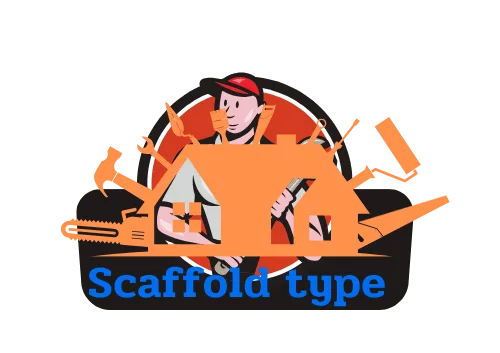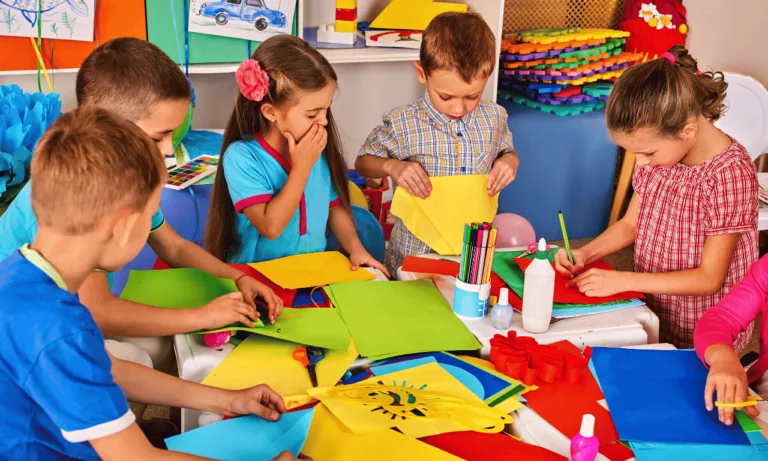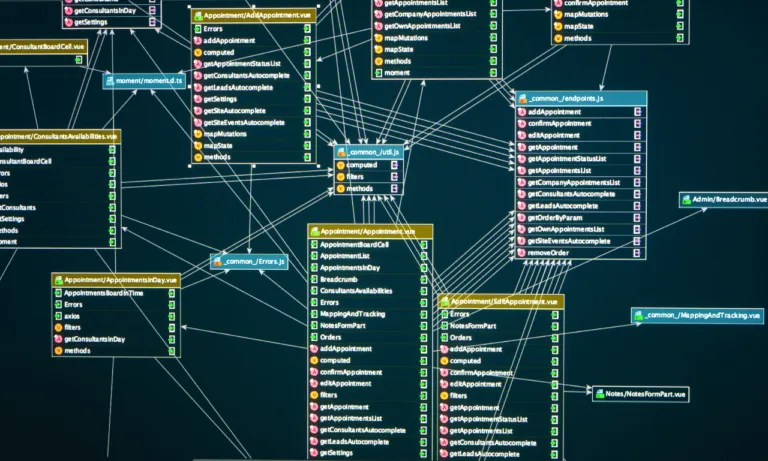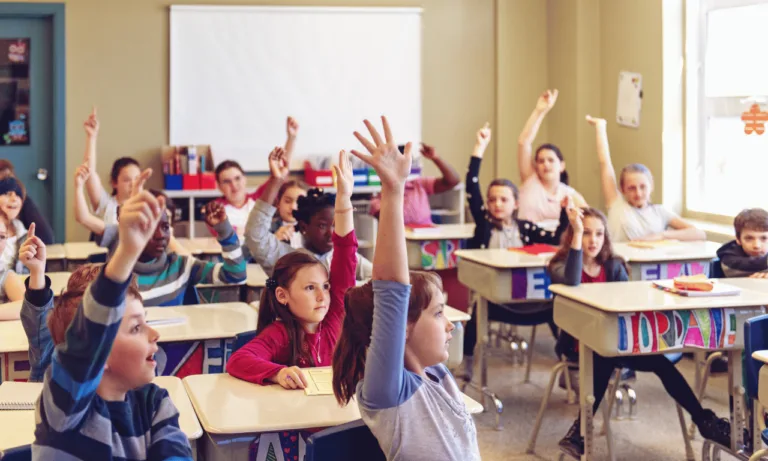Phone:
(+65)8319-0742
Unlock the potential of academic growth with collaborative learning methodsâa keystone for boosting student achievement. Peer Tutoring and Scaffolding stand at the forefront, presenting innovative, effective peer tutoring strategies that facilitate knowledge sharing and underscore the importance of mutual support among students. Let’s dive into the transformative impact these approaches have on education.
Key Takeaways
- Peer Tutoring and Scaffolding are vital approaches for enhancing collaborative learning.
- Scaffolding strategies support students in mastering concepts they could not tackle alone.
- Effective peer tutoring strategies bolster collective student growth and knowledge retention.
- The role of scaffolding is to progressively build student confidence and independence.
- Interactive learning increases student ownership and drives deeper academic engagement.
Understanding the Fundamentals of Peer Tutoring and Scaffolding
The journey into effective educational strategies takes us through the heart of the scaffolded instruction approach where the core objective is to enhance cognitive development through structured support. This support, tailored to individual student needs, not only addresses immediate learning challenges but also fosters an enduring foundation for intellectual growth. Educational research supports these peer tutoring strategies, highlighting their effectiveness in fostering collaborative learning environments.
At its essence, this approach taps into the power of peer support in education as a vital component, delineating the shared path of scaffolding in student development and peer tutoring. Previous research has highlighted the importance of peer scaffolding in educational contexts, emphasizing how it enhances learning outcomes through collaborative efforts.
The Role of Scaffolding in Student Development
Scaffolding, a term coined from its parallels to physical constructs, provides temporary guidance, allowing students to reach heights within their Zone of Proximal Development that would be unreachable alone. It’s a strategic framework supporting students through complex tasks and enhancing their cognitive and comprehension skills in the process. As a result, the scaffolded instruction approach is paramount in facilitating not just academic achievement but also intellectual empowerment.
Comparing Scaffolding and Peer Tutoring Methodologies
The intersection of scaffolding and peer tutoring methodologies reveals a collaborative fusion aimed at advancing student development. Peer tutoring harnesses the potential within the ZPD by linking students with peers who are more knowledgeable, setting the stage for learning that is both communal and holistic. Such an environment acknowledges the value of shared knowledge creation and the significant impact of social interaction on cognitive growth. Consequently, this synergistic relationship between tutors and their peers enables deeper understanding, securing proficiency in various educational areas, from language acquisition to complex scientific concepts.
Peer Tutoring and Scaffolding: A Synergistic Approach

At the intersection of collaborative education, peer mentoring programs and peer-assisted learning models have emerged as powerful conduits for academic enrichment. These programs are firmly grounded in the Zone of Proximal Development (ZPD). Central to this educational synergy is the concept that students, when working together, can accomplish more significant learning feats than they could do in isolation.
The effectiveness of combining peer tutoring with scaffolding cannot be overstated. It allows more knowledgeable students to guide less experienced ones through their ZPD, not only improving understanding of the material but also fostering a sense of academic self-efficacy. Here, learners engage with complex concepts, supported by peers who challenge and encourage them, nurturing their journey towards independence.
- These programs promote cognitive development and peer interactivity, elevating the traditional learning experience into a collaborative endeavor.
- Graduated stages of scaffolding, from direct instruction to autonomous task execution, ensure that each student’s mastery level is met with appropriate support.
- By participating in peer-assisted learning models, students become both recipients and providers of educational support, enhancing their proficiency, particularly in English language reading.
Below is an illustrative table showcasing the step-by-step scaffolding stages incorporated within a peer mentoring framework:
| Stage | Description | Role of Peer Mentor | Expected Outcome |
|---|---|---|---|
| 1. Teacher-Led Instruction | Introduction of new concept by instructor | Observer, preparing to mimic instructional strategies | Foundation for new knowledge established |
| 2. Collaborative Practice | Joint task execution with peers | Active participant and co-learner | Reinforcement of concepts via peer interaction |
| 3. Guided Peer Tutoring | Peer mentors lead the learning process, applying scaffolding techniques | Scaffold provider within peers’ ZPD | Deepened understanding and skill advancement |
| 4. Independent Learning | Learners tackle tasks with reduced peer mentor support | Supporter, offering assistance as needed | Development of learner autonomy and self-regulation |
As an embodiment of the instructional partnership, these peer mentoring programs cultivate an environment where learners are both challenged and supported. This climate is ideal for not just academic success but also for social and emotional growth that extends beyond the classroom.
The Impact of Scaffolding Techniques on Classroom Dynamics

The innovative scaffolded instruction approach has revolutionized the way educators perceive their roles, molding them from traditional figureheads disseminating knowledge to facilitators who nurture a more engaged and responsible learning culture. The utilization of various scaffolding techniques not only enhances the collaborative spirit within the classroom but fundamentally shifts the dynamics towards a more student-centered environment.
Scaffolded Instruction Approach: Transitioning from Teacher to Facilitator
By adopting scaffolding techniques, teachers are now orchestrating learning experiences that allow students to flourish independently. This approach effectively bridges the gap between students’ current abilities and their potential, promoting an atmosphere where critical thinking and problem-solving are highly encouraged. Core to this shift is the emphasis on peer coaching techniques, which entail seasoned learners guiding their peers through complex subject matter, expanding not only the mentee’s understanding but also reinforcing the mentor’s knowledge.
| Traditional Teaching | Scaffolded Instruction Approach |
|---|---|
| Direct knowledge transmission from teacher to student. | Collaborative knowledge construction within peer groups. |
| Teacher as the primary source of solutions. | Students empowered to explore solutions independently. |
| Fixed pace suited to average learner. | Flexible pacing tailored to individual learner’s needs. |
| Focus on content delivery. | Emphasis on skill development and critical thinking. |
| Limited student engagement. | Active student participation in the learning process. |
Scaffolding in Diverse Educational Settings
Flexibility is a cornerstone of the scaffolded instruction approach, making it effective in a wide array of educational settings. From elementary classrooms to higher education seminars, scaffolding can be adapted to suit the distinct needs and learning stages of students. It successfully paves the way for learners to take ownership of their educational journey, fostering a sense of accomplishment and autonomy that is critical in academic and personal growth. By integrating peer coaching techniques, classrooms transform into dynamic ecosystems that celebrate shared successes and collective growth.
Effective Peer Tutoring Strategies in the Zone of Proximal Development
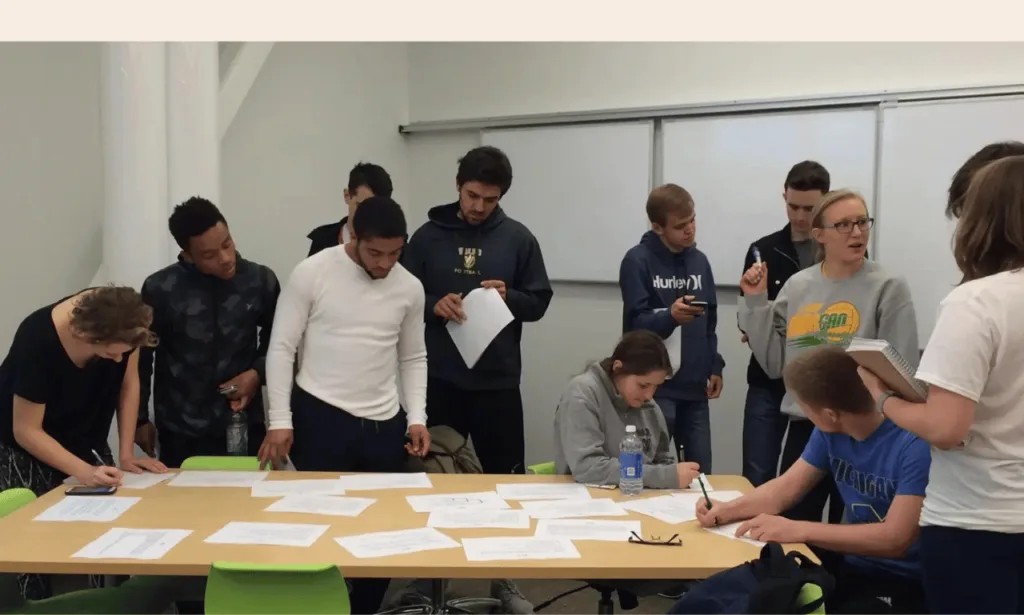
Peer-assisted learning models provide a framework for peer interactions, ensuring that support is not just available but optimized for individual learning needs. These strategies engage both the tutor and the learner in a dynamic process where teaching clarifies and reinforces concepts for the tutor, while the learner actively builds knowledge through collaboration.
Optimizing Learning Through Peer-Assisted Learning Models
Peer-assisted learning models provide a framework for peer interactions, ensuring that support is not just available but optimized for individual learning needs. These strategies engage both the tutor and the learner in a dynamic process where teaching clarifies and reinforces concepts for the tutor, while the learner actively builds knowledge through collaboration.
Peer Tutoring for Enhanced Cognitive Development
Through deliberate design, peer tutoring strategies help sharpen critical thinking and problem-solving skills. Accessing the collective knowledge within a group can accelerate the learning process and cognitive growth for all participants. Strategies include structured questioning, reciprocal teaching, and modeling thought processes, which both tutor and tutee apply within their Zone of Proximal Development. Such practices lead to a more profound understanding and retention of the subject matter, contributing to the overall success in the classroom.
Incorporating Scaffolded Instruction to Boost Learning Outcomes
The potency of the scaffolded instruction approach in boosting learning outcomes cannot be overstated. Through the judicious application of various types of scaffolds in education, instructors are able to tailor the learning experience to fit the unique needs and abilities of each student. This accommodation is critical in fostering not only a supportive atmosphere but also in amplifying the efficacy of the educational process. As we delve into the types of scaffolds, we will also consider the impactful ways these can be customized for the benefit of students’ learning journeys.
Types of Scaffolds and Their Implementation in Education
Within the realm of scaffolded instruction, educators employ several types of scaffolds designed to assist students in navigating new concepts and complex tasks. Among these are advance organizers, which provide a structured overview prior to delving into the content. Additionally, cue cards serve as helpful tools during discussions, facilitating student engagement and recall. Concept maps exemplify another form of scaffold, offering visual representation of the connections between concepts, thereby enhancing comprehension and retention. Lastly, visual scaffolds highlight critical information, thereby aiding in focus and memory. The deployment of these varied scaffolds ensures students are granted the necessary support to progress confidently through their educational endeavors.
Customizing Scaffolding to Accommodate Student Needs
Customizing scaffolding is paramount in optimizing the educational experience for each student. By taking into account individual knowledge bases and skill sets, educators can devise scaffolding strategies that resonate with and challenge students appropriately. This bespoke approach not only supports students as they acquire new skills and knowledge but also adapts as their proficiency evolves, ensuring scaffolding is neither excessive nor inadequate. This balance is crucial in guiding students towards greater autonomy and in fostering the internalization of concepts, ultimately culminating in academic success. As scaffolded support is gradually withdrawn, students are encouraged to take ownership of their learning, demonstrating the true success of customizing scaffolding within education.
FAQ
What are Peer Tutoring and Scaffolding?
Peer Tutoring and Scaffolding are collaborative learning strategies designed to improve student achievement, focusing on individual support and interactive learning. Peer Tutoring involves students helping each other to understand and master material, while Scaffolding provides a structure of support that can be gradually removed as the learner becomes more independent.
How does Scaffolding support student development?
Scaffolding supports student development by providing temporary guidance and support structures that help students accomplish tasks and comprehend concepts that would be beyond their abilities if working independently. As students progress, the support is gradually reduced, fostering independence and mastery of content.
What is the difference between Scaffolding and Peer Tutoring approaches?
While both methods promote collaborative learning and support, Scaffolding is usually led by an instructor who creates frameworks for students to learn within, while Peer Tutoring pairs students together so they can learn from each other’s strengths, often within their Zone of Proximal Development.
What makes Peer Tutoring and Scaffolding synergistic?
Peer Tutoring and Scaffolding are synergistic because they both utilize the concept of the Zone of Proximal Development. Peer mentoring programs and peer-assisted learning models hinge on the idea that knowledgeable peers can help guide a student through a learning process, offering support and challenge within the student’s ZPD.
How do Scaffolding Techniques affect classroom dynamics?
Scaffolding techniques shift the role of the teacher from that of a knowledge source to a facilitator. It encourages a structure where students progressively build on their skills, taking ownership of their learning journey, which can create a more engaged and interactive classroom environment.
What is the Scaffolded Instruction Approach?
The Scaffolded Instruction Approach refers to a teaching methodology where the teacher presents tasks in a structured way that allows for incremental progression and learning. This approach facilitates student understanding and skill-building through various types of scaffolds, eventually leading to independent task mastery.
Why are effective Peer Tutoring strategies important?
Effective Peer Tutoring strategies cater to the Zone of Proximal Development, which maximizes learning by having more knowledgeable peers assist less knowledgeable ones. This enhances cognitive development and encourages learners to solve problems and understand concepts more deeply.
What role does Peer Tutoring play in Cognitive Development?
Peer Tutoring serves an important role in cognitive development by promoting interactive learning processes where both the tutor and tutee can expand their understanding and problem-solving skills, leading to better retention and comprehension of the material.
How do different Types of Scaffolds enhance education?
Different types of scaffolds, such as visual aids, concept maps, and cue cards, address varied learning needs and objectives. They provide students with the necessary tools to tackle and understand complex materials, thereby enhancing their learning experiences.
How can educators customize Scaffolding to fit student needs?
Educators can customize scaffolding by considering the individual learning styles, prior knowledge, and skill levels of their students. By doing so, they create supports that are personally relevant and effective, which results in a more supportive learning environment and improved educational outcomes.
